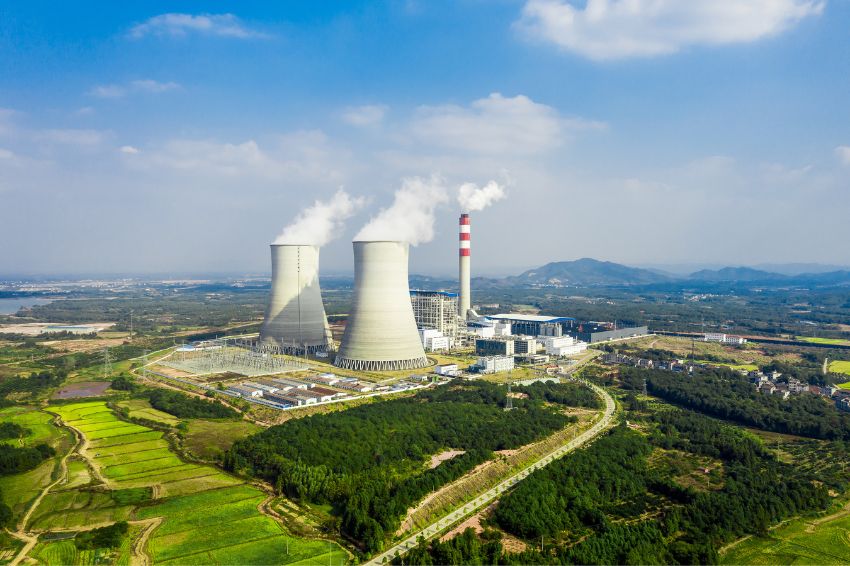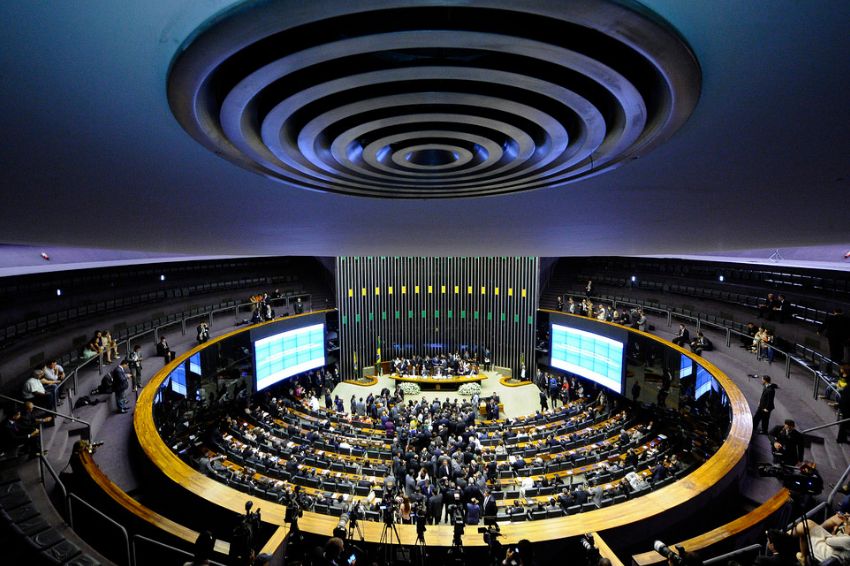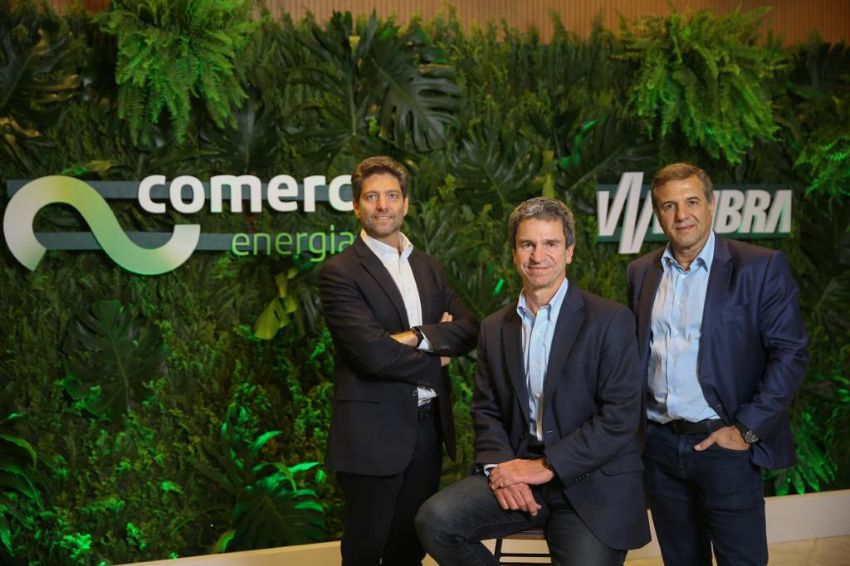Christmas is coming and, with it, family gatherings and traditional luminous decorations invade Brazilian homes and streets, with the aim of infecting and spreading even more feelings of peace, gratitude and prosperity.
However, calculations carried out by FIDE (Foundation for Electric Energy Economics) indicate that, at this time of year, the increase in consumption in Brazilian homes ends up being 30% higher than usual, due to the excessive use of household appliances and decorative items, such as flashing lights and illuminated nativity scenes.
Because of this, in addition to the financial loss related to the electricity bill, the immoderate use of energy from the electricity grid before and during Christmas festivities also causes a environmental damage.
The estimate is that, every three Christmases, the energy consumption of Christmas decorations alone produces the equivalent of an emission of 100 kg of CO₂ (carbon dioxide) into the atmosphere, to neutralize All this consumption would require each person to plant at least one tree, according to calculations on the Green Initiative website.
This is a problem that could be solved with the installation of solar energy systems – a clean, economical source that, consequently, does not affects the environment or causes impacts related to climate change.
Currently, Brazil has around 1.2 million homes with photovoltaic panels connected to the distribution network, which represents less than 1.8% of the total 72 million households in the country.
The numbers were collected by Canal Solar based on data from ANEEL (National Electric Energy Agency) and IBGE (Brazilian Institute of Geography and Statistics).



-5.gif)












